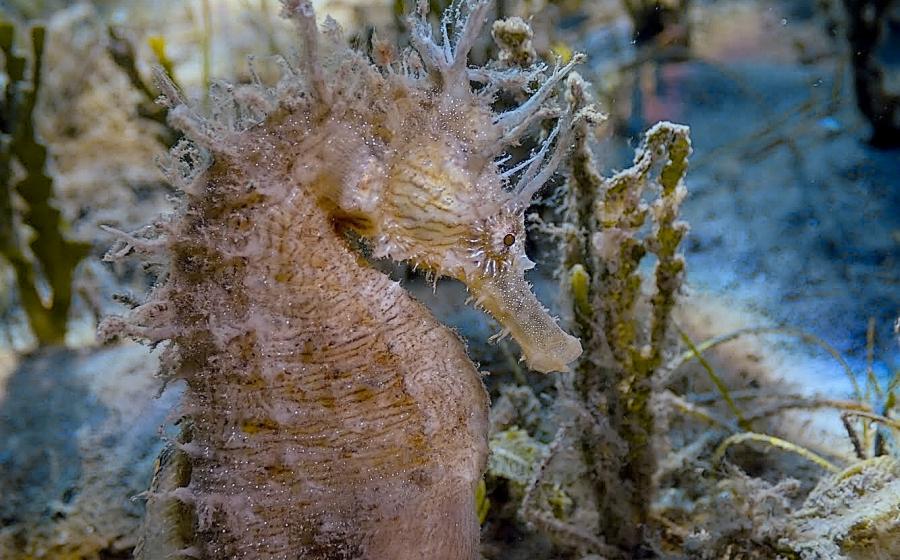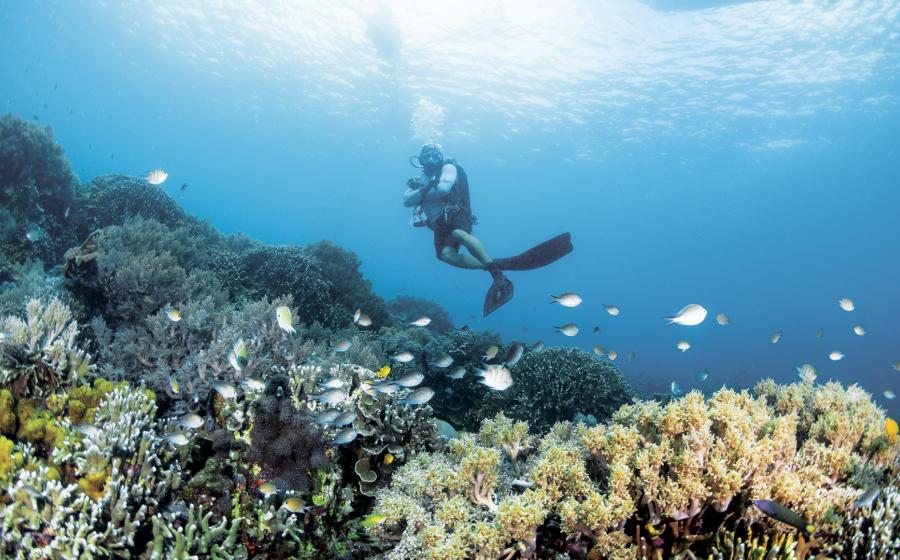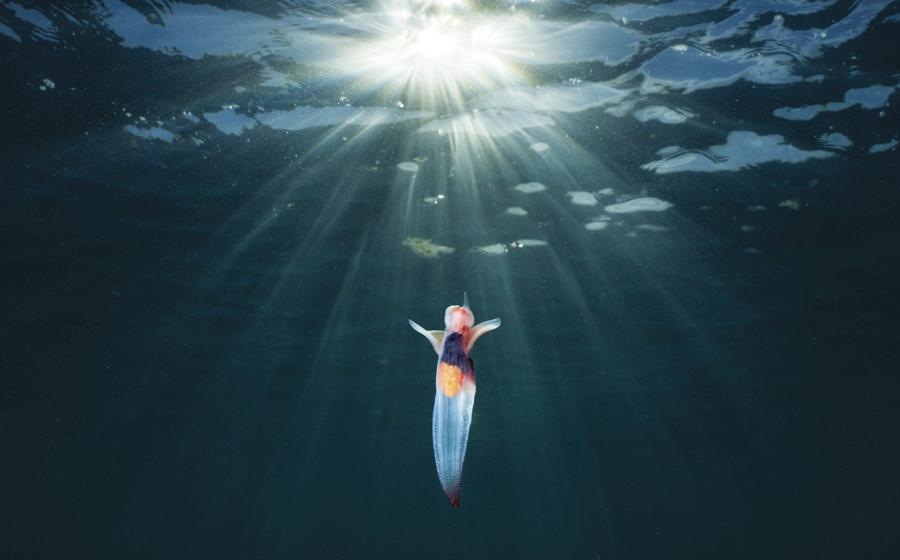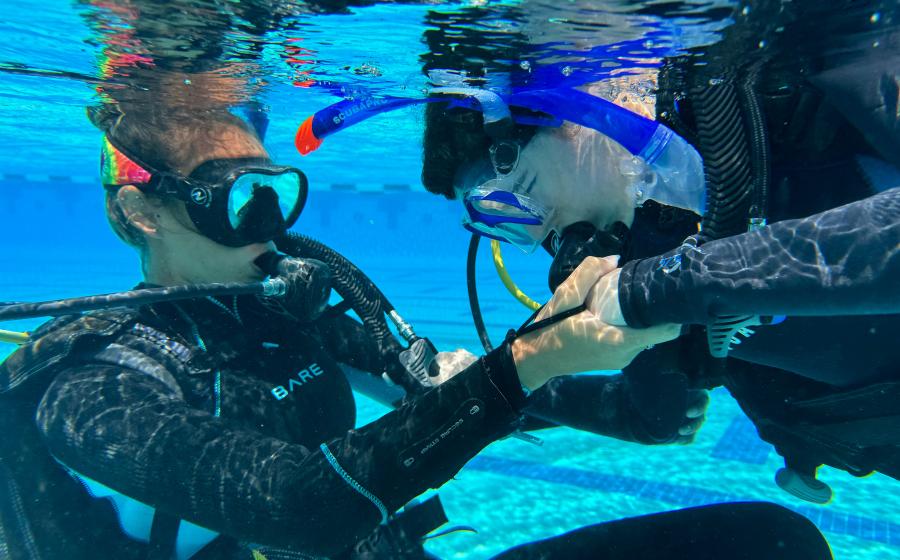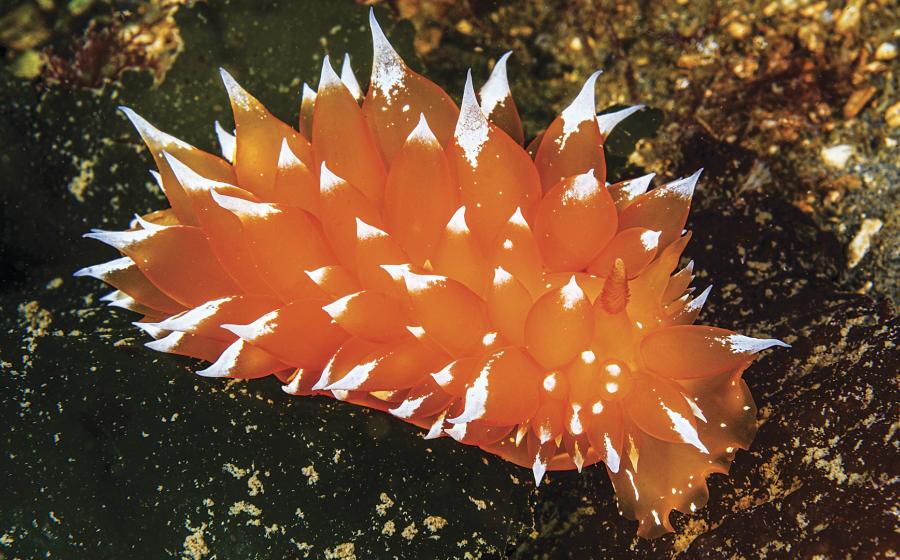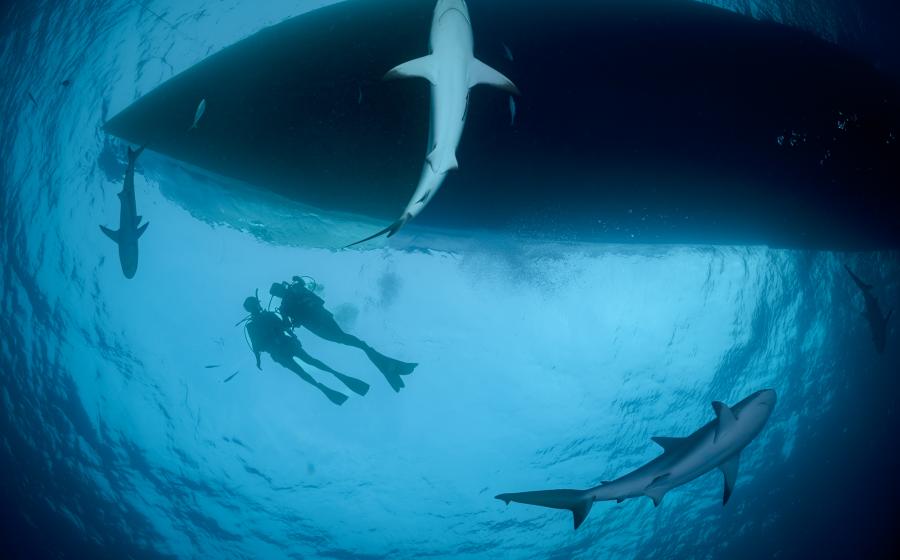Tips for Capturing Photos of Marine Animal Behavior
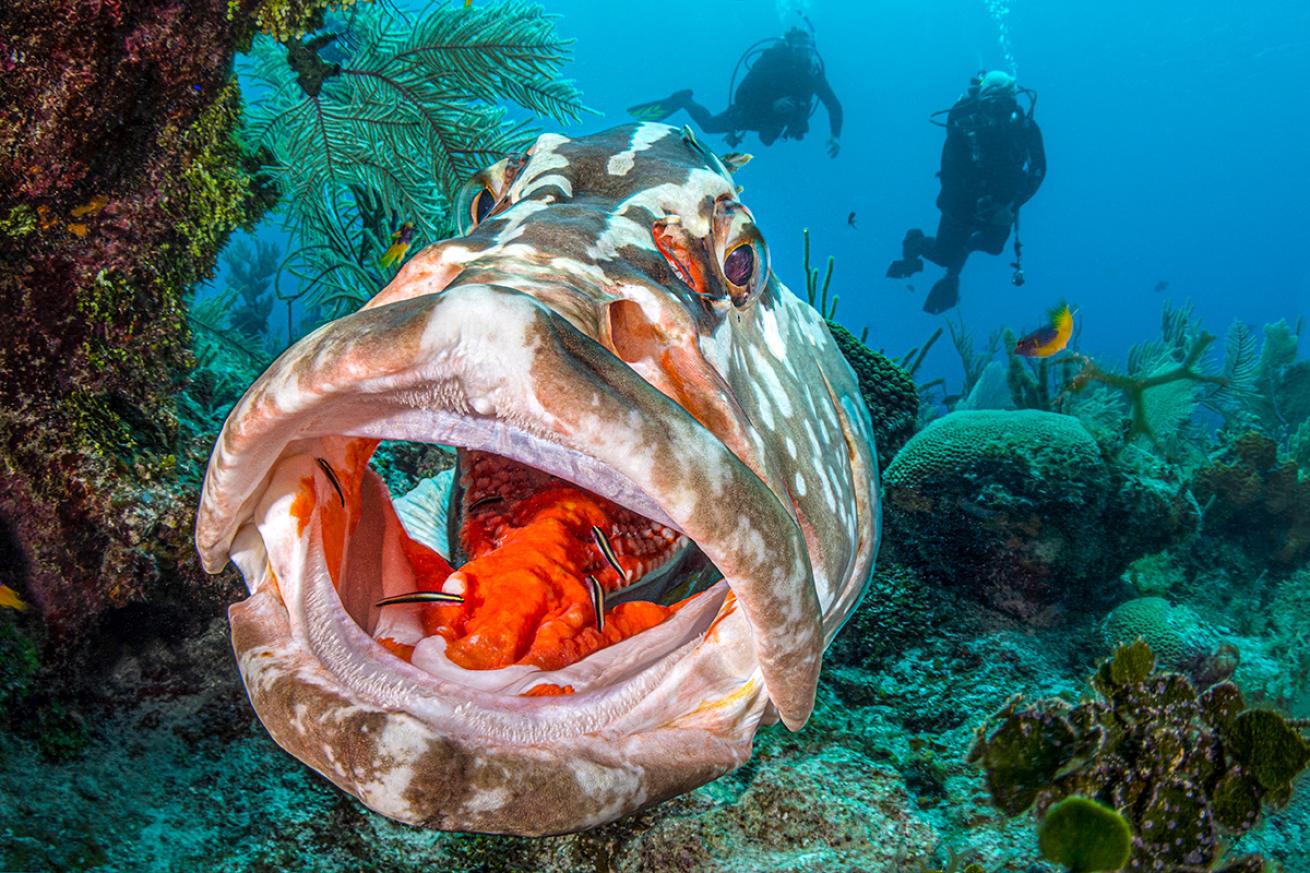
Alex MustardCleaning behavior is everywhere. Subjects can be easily approached with some patience.
Since we’re among friends, I’d like to bring up an uncomfortable truth: Underwater photographers don’t always have the best reputation in the dive community when it comes to looking after the marine environment. While the vast majority of underwater photographers these days really do try to ensure they make their images in the right way, there remain enough bad apples—who unacceptably put their quest for the shot ahead of all else—for this reputation to stick.
On the positive side, underwater photographers have the opportunity to be fantastic ambassadors for the oceans through their eye-catching imagery and its reach in mainstream and social media. Just about every successful marine conservation initiative has been underpinned by stunning imagery that communicates the value of healthy seas. We have the opportunity to show our true colors each time we post, both through the words we share and the types of photos we produce. The right message comes when we share pictures with a reverence for nature and reveal natural behaviors, demonstrating that we dive on the ocean’s terms.
Tip 1: Best Behavior
Behavior photography is perhaps the sternest challenge in underwater photography because it simultaneously tests so many skills. To be a successful behavior photographer you have to dive well, making sure your presence in your subjects’ home is not an intrusion and the natural patterns of life continue. Diving smoothly and slowly is critical. The less you move and flap, the more life will reveal itself. Have you ever noticed that you often spot the most interesting subjects and behaviors as you while away time on a safety stop? Spend your whole dive at this pace and you will be amazed what you see.
Just as important, you need the ability not merely to look, but to see. Dive guides are amazing at spotting creatures, but it’s very difficult to show behaviors to others. Good underwater photographers can spot behavior for themselves. These shots rarely demand a fancy camera, nor do they require a budget to visit the most exotic destinations. But they do reward a little knowledge. You don’t need to know the Latin names of animals, but you do need to build up an understanding of where to find creatures and how they live their lives. Perhaps the most important skill is being attuned to unusual goings-on. It is almost a sixth sense, and it only comes from watching nature, which instinctively tells us something is about to happen. A little knowledge will always be faster than reflexes when it comes to capturing the action.
A lot of photographers tell me they never see behavior, but most have watched cleaning stations or seen a fish guarding a clutch of eggs. Behavior is usually all around; we just need to give ourselves the opportunity to tune in to this wavelength.
I love long, shallow shore dives for capturing behavior. These are some of the most treasured times underwater, where you’re not distracted by trying to explore too far and are reasonably free from time constraints. If you’ve ever visited Bonaire, you’ll certainly remember how much more you saw on these reefs, diving this way.
I also find behavior dives particularly productive in locations where marine life is unusually dense and species are seemingly forced into action. For example, dives in the rich waters of Lembeh Strait in Indonesia just always seem to have something going on.
Tip 2: Peak Action
When starting out with behavior photography it’s best to focus on getting quality images of common behaviors, rather than chase poor pictures of rare stuff. Cleaning is the place to start for most. Symbiotic cleaning is quintessentially aquatic, and cleaning stations can be visited again and again. On land, there are very few instances of dedicated cleaning relationships between species, but from fresh water to coral reefs there are underwater examples everywhere and at every scale. There is an entire portfolio to fill with just this subject.
Memorable behavior photos need to be more than just a record of something happening; they need to be eye-catching images too. Probably the most common mistake underwater photographers make is getting so caught up in shooting the biology that they forget the aesthetics. These shots need the visual impact of correct composition, focus, depth of field and lighting as much as any other. I usually set things up away from the subject, choosing a similarly sized subject and distance to get things dialed in and to keep my impact on the behavior to a minimum.
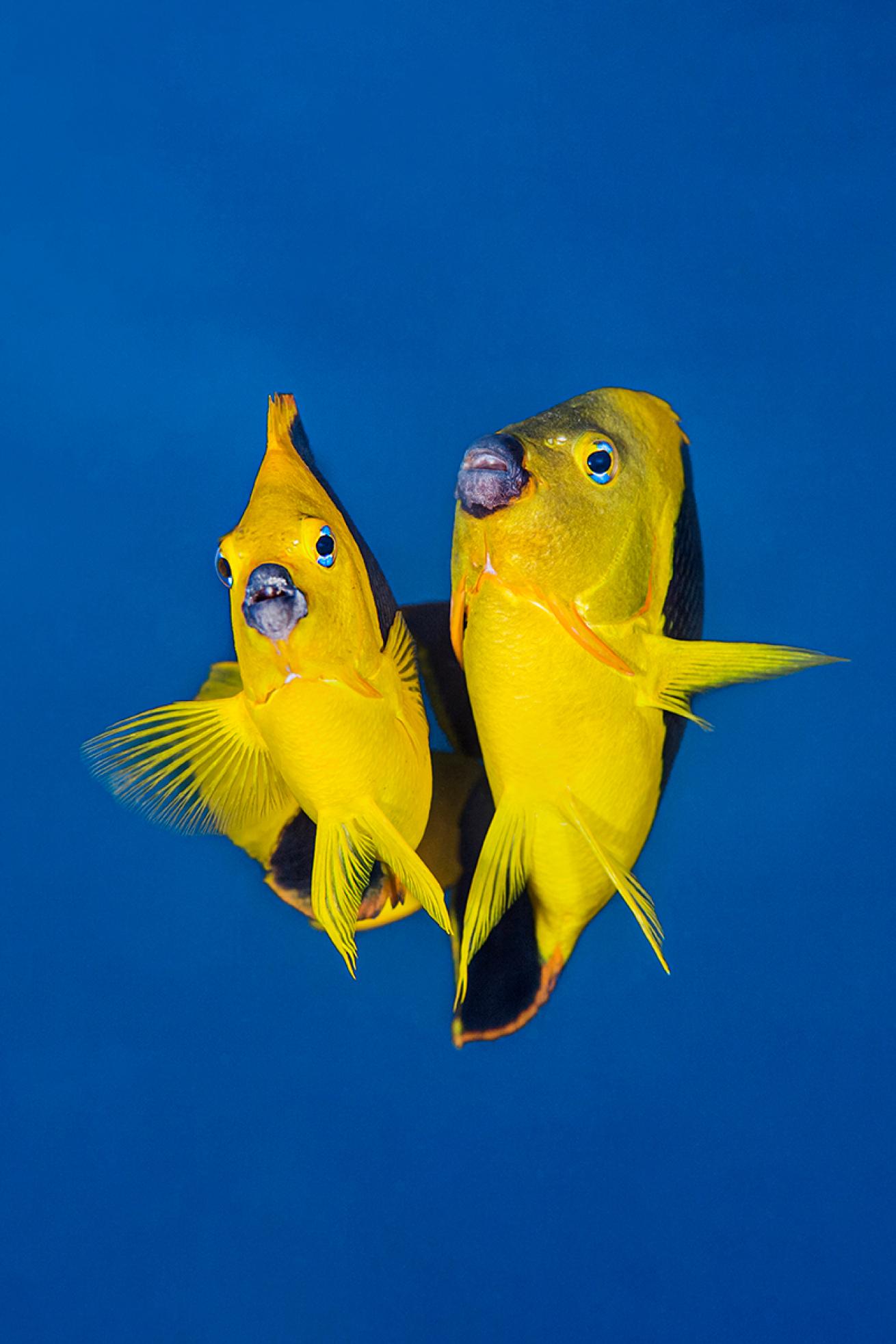
Alex MustardSuccess means being in the right place at the right time and behaving properly to allow nature to play out.
The final ingredient is capturing the peak of the action. Unlike videographers, still photographers can’t just record the whole sequence. It is a challenge to shoot the precise moment and composition that tells the whole story. But the bonus is that when you get it right, your photo entrances the audience because it captures such a decisive moment. Perfect timing and even simple gestures by the subject can transform a photo from ordinary to extraordinary. Behavior endows pictures with interest, but just as important, it gives photographers this chance to supercharge their impact by pressing the shutter at just the right moment.
The best news is that behavioral subject matter underwater is almost inexhaustible. Every single species has different ways to feed and defend itself. Some are solitary, while others prefer to hang out with friends. Some species even live their entire lives with a completely different type of creature. Most get cleaned or clean other species, or both! And all these species have unique mating and parental care strategies.
So far, only a tiny percentage of this has been captured in photographs. And very little has ever been studied by scientists (there are just too many marine species and too few marine scientists). Behavior is a fantastic opportunity for photographers to take not just stunning images, but really useful ones too.
Go slow, and learn not just to look, but to really see, and the huge buffet of behavior photography will be open to you! The oceans are home to countless species. Each has its own unique behaviors, and once you learn to tune in to their frequency you will be rewarded with an inexhaustible supply of photo opportunities revealing the complex lives that underwater species live. These pictures also send out the right message about our individual relationship with our precious oceans: that we go about our underwater photography on nature’s terms.





